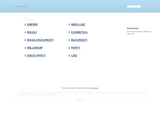
This is a two-sided resource for students to use when responding to reading.
- Subject:
- English Language Arts
- Material Type:
- Formative Assessment
- Learning Task
- Reference Material
- Provider:
- unknown
- Date Added:
- 04/05/2017

This is a two-sided resource for students to use when responding to reading.

Making Evidence-Based Claims ELA/Literacy Units empower students with a critical reading and writing skill at the heart of the Common Core: making evidence-based claims about complex texts. These units are part of the Developing Core Proficiencies Program. This unit develops students' abilities to make evidence-based claims through activities based on a close reading of the Commencement Address Steve Jobs delivered at Stanford University on June, 2005.
Find the rest of the EngageNY ELA resources at https://archive.org/details/engageny-ela-archive .

In this module, students are involved in a deep study of mythology, its purposes, and elements. Students will read Rick Riordan’s The Lightning Thief (780L), a high-interest novel about a sixth-grade boy on a hero’s journey. Some students may be familiar with this popular fantasy book; in this module, students will read with a focus on the archetypal journey and close reading of the many mythical allusions. As they begin the novel, students also will read a complex informational text that explains the archetypal storyline of the hero’s journey which has been repeated in literature throughout the centuries. Through the close reading of literary and informational texts, students will learn multiple strategies for acquiring and using academic vocabulary. Students will also build routines and expectations of discussion as they work in small groups. At the end of Unit 1, having read half of the novel, students will explain, with text-based evidence, how Percy is an archetypal hero. In Unit 2, students will continue reading The Lightning Thief (more independently): in class, they will focus on the novel’s many allusions to classic myths; those allusions will serve as an entry point into a deeper study of Greek mythology. They also will continue to build their informational reading skills through the close reading of texts about the close reading of texts about the elements of myths. This will create a conceptual framework to support students’ reading of mythology. As a whole class, students will closely read several complex Greek myths. They then will work in small groups to build expertise on one of those myths. In Unit 3, students shift their focus to narrative writing skills. This series of writing lessons will scaffold students to their final performance task in which they will apply their knowledge about the hero’s journey and the elements of mythology to create their own hero’s journey stories.
Find the rest of the EngageNY ELA resources at https://archive.org/details/engageny-ela-archive .
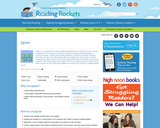
Jigsaw is a reading comprehension strategy encouraging cooperative learning among students.
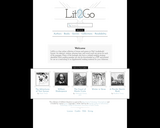
Lit2Go is a free online collection of stories and poems in Mp3 (audiobook) format. An abstract, citation, playing time, and word count are given for each of the passages. Many of the passages also have a related reading strategy identified. Each reading passage can also be downloaded as a PDF and printed for use as a read-along or as supplemental reading material for your classroom.
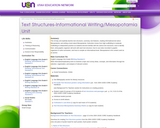
This 18 day unit explicitly teaches text structures, summary, text features, reading informational text about Mesopotamia, and writing a book about Mesopotamia. Instruction moves from high scaffolding to moderate scaffolding to independent practice as students become familiar with the various text structures, how to identify them, what graphic organizer will work with each text structure, how to use notes recorded in graphic organizers to write summaries, and how to compile an informational book. Mesopotamia is the content used as an anchor.
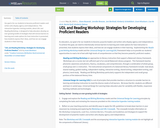
Our goal is for our students to become proficient readers and writers who display agency and independence. This interactive hyperdoc training module, about UDL and Reading Workshop, is designed to help educators develop an ever-growing toolkit of strategies that will remove barriers to learning and create options for how instruction is presented, how students express their ideas, and how we can engage students in their learning.

Students explore the concept of fair use, apply it to case studies, and
create an original work of fair use.
Students learn how to judge whether something is protected by fair use
by using the Four Points of Fair Use Student Handout. They
apply the four points of fair use to two case studies, a remixed video and
a mash-up song, to judge whether or not they fall under fair use.
Students then create an original work of fair use by reworking
copyrighted material to create a collage or a remix video.